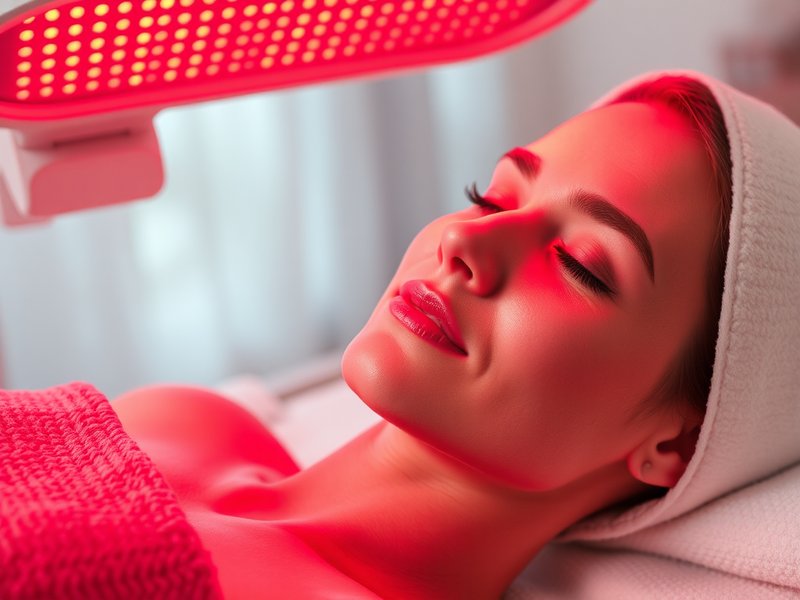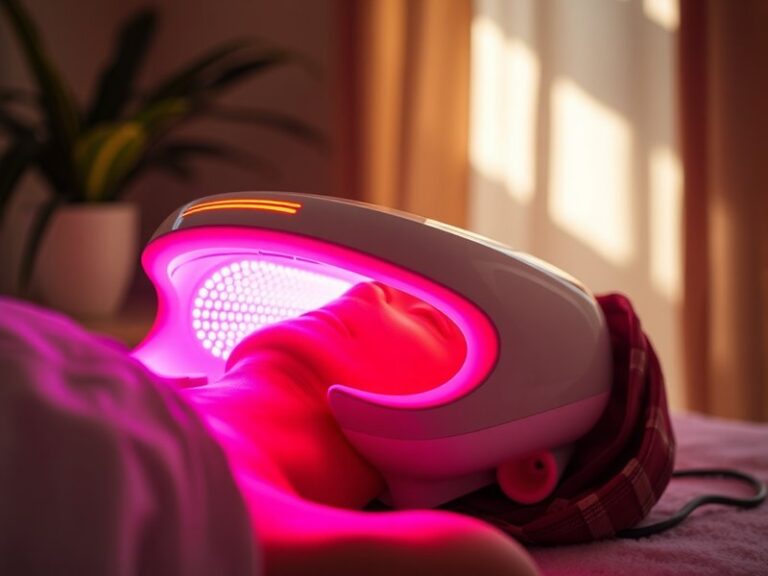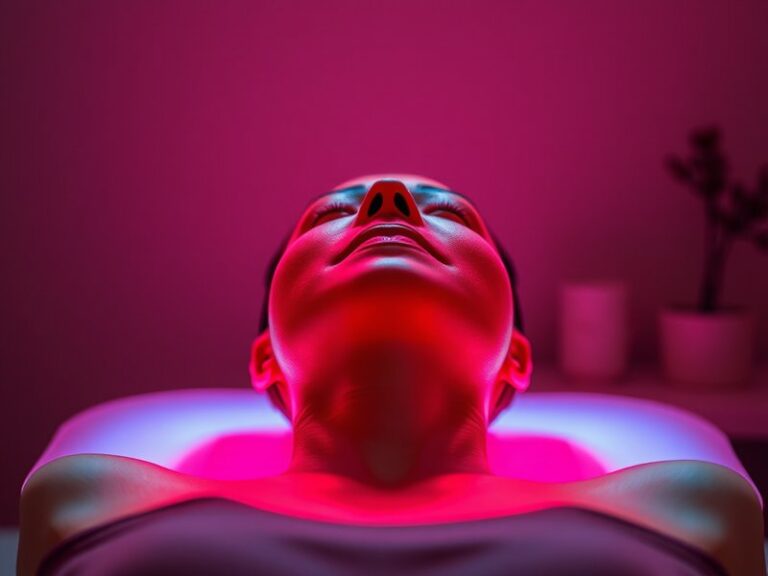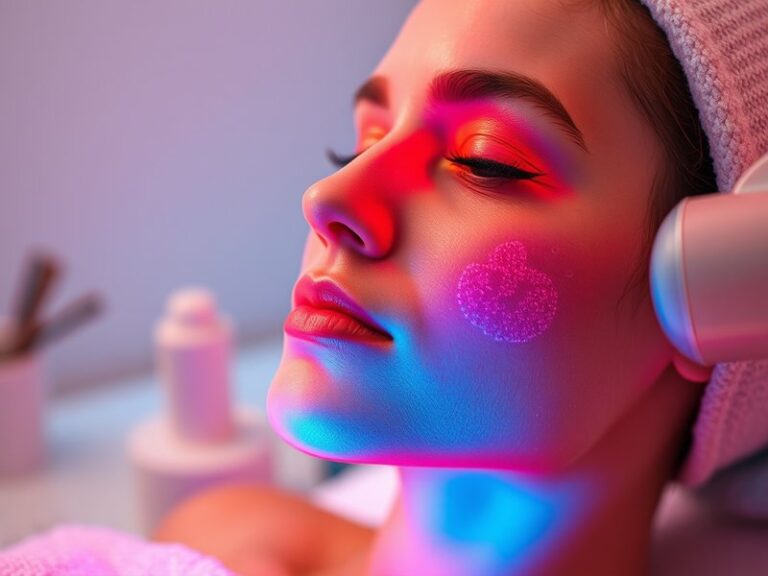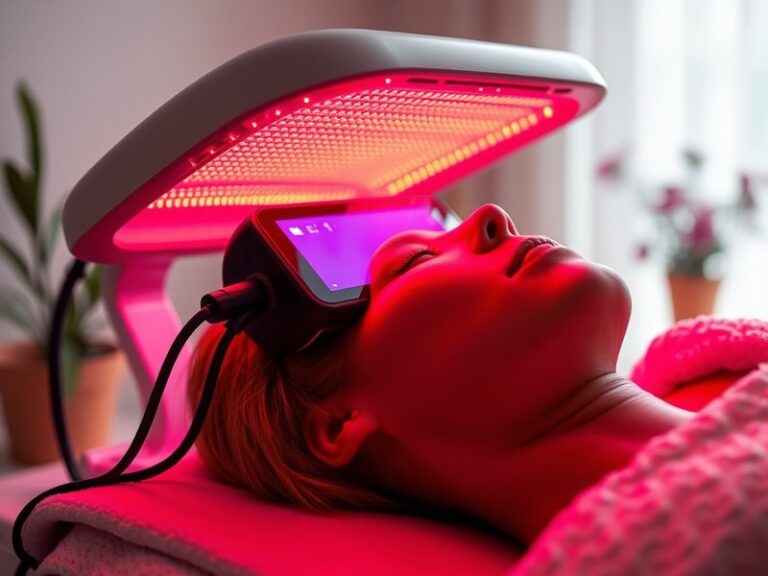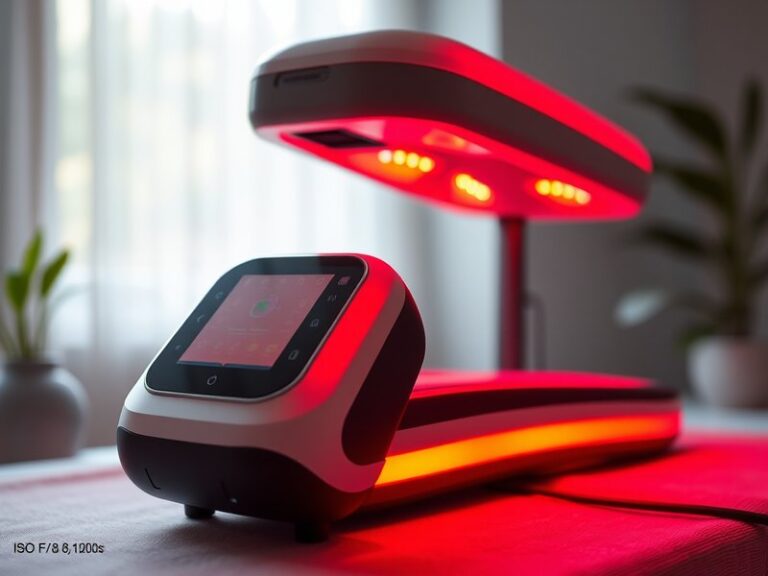Can Red Light Therapy Age Your Skin?
Can Red Light Therapy Age Your Skin?
Is the buzz around red light therapy justified, or could it potentially lead to skin aging?
In recent years, red light therapy has gained popularity as a non-invasive treatment for various skin concerns, promising benefits such as improved skin tone and texture. However, a growing concern among consumers is whether this treatment could inadvertently lead to skin aging. This article will explore the capabilities of red light therapy, its benefits, the potential drawbacks, and alternative treatments to help you decide if it’s right for your skincare routine.
Key Takeaways
- Red light therapy is primarily used to stimulate collagen production and reduce signs of aging, rather than causing them.
- While there are numerous benefits to red light therapy, it’s essential to approach the treatment with caution due to potential side effects.
- Alternatives exist for those wary of red light therapy, including topical treatments, chemical peels, and laser therapies.
What is Red Light Therapy?
Red light therapy (RLT) uses low-level wavelengths of red light to penetrate the skin’s layers, aiming to heal and rejuvenate cells. Commonly employed in both clinical and at-home settings, this therapy targets a variety of issues, from acne to signs of aging.
Mechanisms of action involve the stimulation of fibroblasts—cells responsible for collagen and elastin production—enhancing the skin’s structure and elasticity over time. With its non-invasive nature and increasing scientific backing, red light therapy has positioned itself as an attractive option for skincare enthusiasts.
What are the Benefits of Red Light Therapy?
The benefits of red light therapy extend beyond aesthetics, offering a range of advantages that cater to skin health.
Enhances Collagen Production
Studies have shown that red light therapy encourages collagen synthesis, leading to firmer, more youthful skin. Increased collagen helps mitigate fine lines and wrinkles, reinforcing RLT’s reputation as an anti-aging treatment.
Find insights in Does Red Light Therapy Burn Fat?
Improves Skin Tone and Texture
RLT can enhance overall skin appearance by stimulating blood circulation. Improved circulation delivers oxygen and nutrients to skin cells, resulting in a healthier complexion with a smoother texture.
Reduces Inflammation and Redness
For those suffering from skin conditions like rosacea or acne, red light therapy may significantly reduce inflammation and redness, creating a more even skin tone.
Supports Wound Healing
Using red light therapy can accelerate the healing process for wounds and scars, offering an additional benefit to its cosmetic use.
Is it Possible for Red Light Therapy to Age Your Skin?
Most studies emphasize that red light therapy does not age the skin but, rather, benefits it considerably. However, incorrect usage or poor device quality could pose risks.
What are the Advantages of Proper Use of Red Light Therapy?
When executed correctly, red light therapy offers numerous advantages that enhance skin health, including:
Non-Invasive Treatment
RLT is non-invasive, making it a safe option compared to surgical procedures while yielding promising results.
Minimal Side Effects
Most users report few, if any, side effects, especially when following guidelines for device use.
Convenience of At-Home Devices
With various at-home devices available, individuals can conveniently incorporate RLT into their daily self-care routines.
What are the Disadvantages of Red Light Therapy?
While beneficial, there are aspects to consider regarding the drawbacks:
Improper Use or Overuse Risks
Using devices incorrectly or excessively can lead to worsening skin issues rather than improving them.
Learn all about it in Can RLT Lighten Skin?
Device Variability
Quality of devices on the market varies drastically, leading to inconsistent results and potential disappointment.
Limited Research on Long-Term Effects
As a relatively newer treatment modality, long-term effects and potential consequences remain under-researched.
What are the Things to Consider Before Trying Red Light Therapy?
Before committing to red light therapy, consider the following factors:
Skin Type and Conditions
Understand how your unique skin type reacts to light therapy, as certain conditions may require specific precautions.
Device Quality
Invest in high-quality devices from reputable sources to ensure both safety and efficacy in treatment.
Consult with a Professional
Consulting a dermatologist prior to starting red light therapy makes sense, particularly for individuals with existing skin concerns.
What are the Alternatives to Red Light Therapy?
If you’re not fully convinced about red light therapy, there are several viable alternatives for skin rejuvenation:
Topical Treatments
Various serums and creams that contain retinoids or vitamin C can effectively promote collagen production and improve skin texture.
Chemical Peels
Chemical peels remove the outer layers of the skin, revealing fresher, smoother skin beneath. This method may be more invasive but yields significant results for some skin types.
Laser Treatments
Laser therapies, including ablative and non-ablative lasers, target specific skin issues and can produce effective results, albeit with a potentially longer recovery time.
Conclusion: Is it Recommended to Try Red Light Therapy?
Red light therapy presents numerous benefits, including enhanced collagen production and improved skin tone, while the evidence suggests it is not likely to age your skin when used properly. However, issues related to device quality and potential misuse warrant caution. A thorough understanding of your skin type and consultation with a skincare professional can ensure a positive experience.
Frequently Asked Questions
Does red light therapy really work for skin rejuvenation?
Yes, numerous studies indicate that red light therapy has a positive impact on skin healing, rejuvenation, and overall appearance.
Are there any side effects associated with red light therapy?
Generally, side effects are minimal, but improper use may lead to skin irritation or other issues.
How often should I use red light therapy for best results?
It is typically recommended to start with sessions 2-3 times a week, gradually adjusting frequency based on skin response.
Can everyone use red light therapy?
While most individuals can benefit from red light therapy, those with specific skin conditions should consult a dermatologist first.
Are at-home devices as effective as professional treatments?
At-home devices may not deliver the same intensity as professional treatments but can still provide significant benefits if used correctly.
